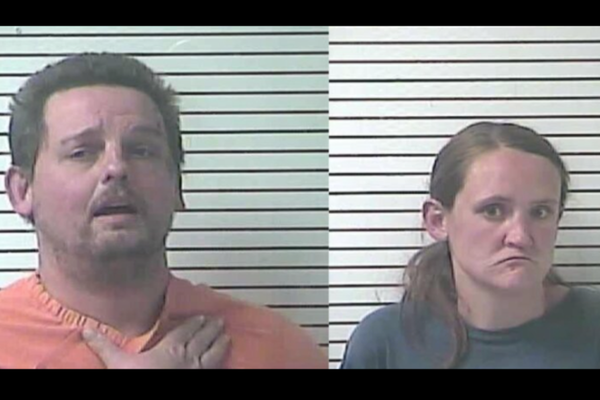THE release of Oppenheimer, one of the most highly anticipated films of the summer, has got everyone talking about the history of the atomic bomb.
The new film, released last Friday, tells the story of J Robert Oppenheimer – the director of the Los Alamos Laboratory during the Second World War.
Oppenheimer is often credited as the father of the atomic bomb, although there were hundreds of scientists working on the project.
One of them even has a connection to Scotland.
Who is Samuel Curran?
Professor Samuel Curran was born in Ballymena, Ireland in 1912. However, the family moved to Scotland soon after his birth for his father to work as a foreman near Wishaw.
Eventually, Curran would go onto study mathematics and physics at Glasgow University before earning his PhD from Cambridge University.
During the Second World War, he joined the Royal Aircraft Establishment along with his wife, fellow physicist Joan Curran, to work on the development of radar and the proximity fuse.
These would prove crucial in the destruction of German V-1 rockets.
What is his connection to the Manhattan project?
In 1944, Curran went to work on the Manhattan Project at the Radiation Laboratory in Berkley, California.
According to the Atomic Heritage Foundation, this is where he invented the scintillation counter.
This is a device which is used in laboratories around the world to for measuring radioactive activity.
Despite his role in the project, Curran does not feature in Christopher Nolan’s latest movie.
Former Linlithgow MP Tam Dalyell once said he recalled Curran reflecting on his role in the creation of the atomic bomb and although he said he didn’t “agonise” as much as some of his colleagues, he “did wonder where the ultimate results of my work and that of my colleagues would lead”.
What did he do after this?
After his work on the atomic bomb, Curran took up a position as the principal of the Royal College of Science and Technology, which he helped lead to full university status as the University of Strathclyde in 1964.
He was later given the honour of being appointed the university’s first principal and vice-chancellor.
The Andersonian Library at the University of Strathclyde is in the Curran Building which was named in his honour after his retirement from the university in 1980.
He died on February 15 1998.







